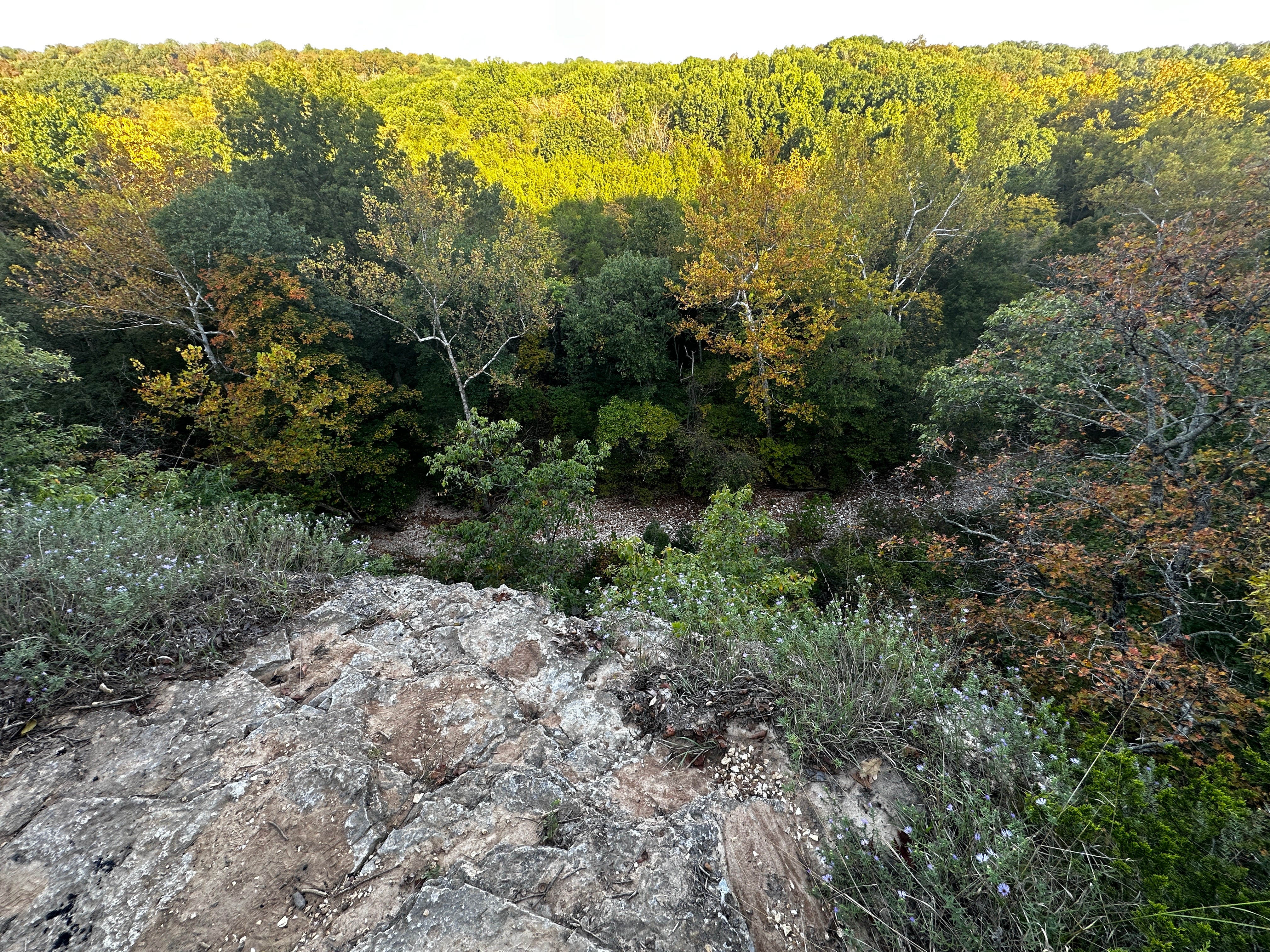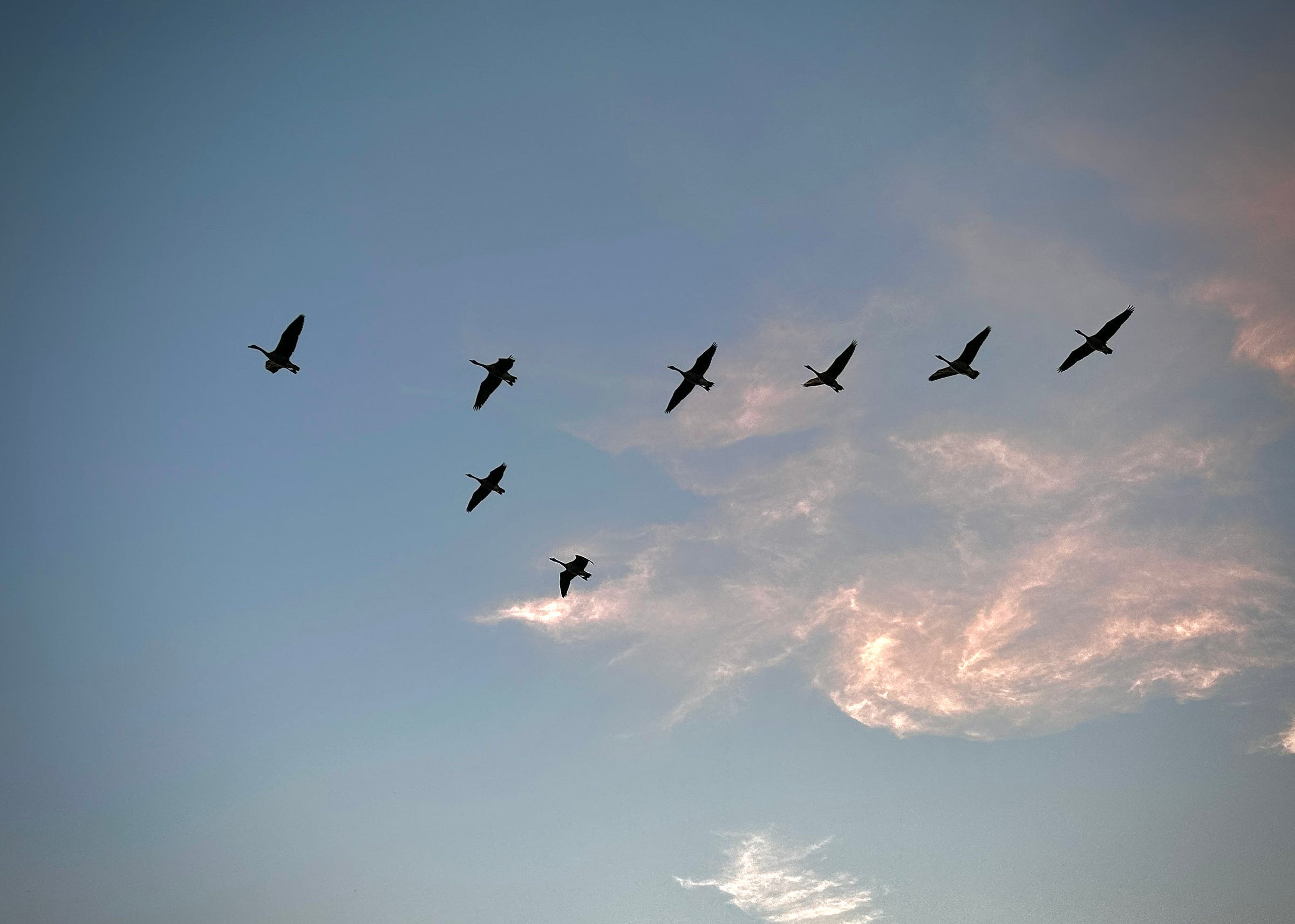As the late-August move date approached, I told myself that we should expect the first month here in Columbia at Lenoir Woods to be the hardest. I was not wrong.
But with that behind us now, I at least have the basic layout in my head— of the city and of this sprawling acres of community under the roof here. So finally, I am not lost every waking minute outside our tiny apartment. On the map now are faces that are at least familiar, some with names, none with their stories. Most folks wear their name tags to make hallway hellos a bit more personal.
We have learned, in our casual conversations in the hall, that all these well-oriented folks were as lost and clueless as we have been. And yet, without exception, everyone expresses their appreciation of not just the place but the soul of the place and of their neighbors who have lived here for as much as 20 years.
So if we still feel lost and alone today, it is just a matter of time until we feel at home. I am just impatient. I’m not getting any younger here!
The weather will soon require me to put on my big-boy pants after shorts and T-shirt since spring. The winds here are every bit the equal of our roaring westerlies on Rock Hill. There will not be many residents on the trails or walkways in January. But Ann and I will be among them. Sanity walks. We hope they work their magic.
There will be mild-ish days each month when a walk on trails we knew as summer ended will be newly opened up to a different view, when the leaves fall and expose the good bones of this place.

GROUNDING
The town trails are fantastic and the green spaces are close at hand. But offsetting their convenience, it is almost impossible to find quiet and freedom from road noise, with the University just a fraction or a few miles away.
About the noise, people say “you’ll get used to it.” I’d be happy to be able to tune it out, I suppose; but suppressing the senses has not been a needed skill for the past three decades. I will still be thankful, should I find myself in quiet isolation in a natural place, where I will sit and listen to the wind in the Missouri forest. It will remind me of wind in quiet places back “home” in Virginia.
Meanwhile, I am working on my Missouri Bucket List. I want to check out some road cuts for fossils. I went so far as to buy a rock hammer. I am building my new Missouri map-of-place, literally from the bedrock, up. A visit to the geology department and mineral museum is something for the inhospitable months of cabin fever.
The need to read the rocks: this seems important now. I want to see central Missouri from a 30 thousand foot view (like I often tried to comprehend the mountain-building history of southwest Virginia) as the glaciers approached and retreated; here, eons before the present, as seas flooded and faded, continents waltzed and tilted.
I still want me that Time Machine you’ve heard me wish for over the past two decades. Geology is the best time machine. Teaching a stone to talk.
PLACE-AWARE
Every day in a new place is a bit of an assignment, creating in mind a mental mapping of spaces, faces, functions and features that at first bore no relationship to anything. Just now, they are beginning to fit.
To nurture a Sense of place: of puzzle pieces edging closer, edges sometimes fitting, often not. And this lack of connection, after there was such a good fit in Floyd. Before. And given enough time, maybe again. Maybe where we live.
We are fortunate to be just here. We do not suffer from lack of things to do, and some day, we will not suffer from lack of familiar faces, places and friends.
One day, one step, one trail at a time.







The views are wonderful, Fred. I particularly like the photo of the bluff at Capen Park. In my younger days I could have climbed it. Now, I just take pictures and study the geological record.
Rivers also provide a sense of place.
From Ai:
Following rivers can profoundly enhance one’s sense of place by connecting individuals to the natural and cultural landscapes they traverse. Rivers are not just physical entities; they are lifelines that shape ecosystems, support biodiversity, and sustain human communities. By tracing the course of a river, one can observe the intricate interplay between water, land, and life, gaining insights into the environmental and cultural significance of these waterways.
Rivers often serve as historical markers, guiding us through the stories of civilizations that have flourished along their banks. They provide a tangible link to the past, revealing how human settlements have adapted to and transformed their surroundings. This journey fosters a deeper appreciation for the diverse ways in which people interact with their environment, from ancient irrigation systems to modern conservation efforts1.
Moreover, rivers evoke a strong sense of belonging and identity. They are central to many cultural practices and spiritual beliefs, offering a sense of continuity and connection to the land. The sounds, sights, and rhythms of a river can evoke powerful emotions and memories, reinforcing one’s attachment to a place2.
In essence, following rivers allows us to experience the world in a holistic manner, blending natural beauty with cultural heritage. It encourages mindfulness and a deeper understanding of the interconnectedness of all life, fostering a sense of stewardship and respect for the environmen